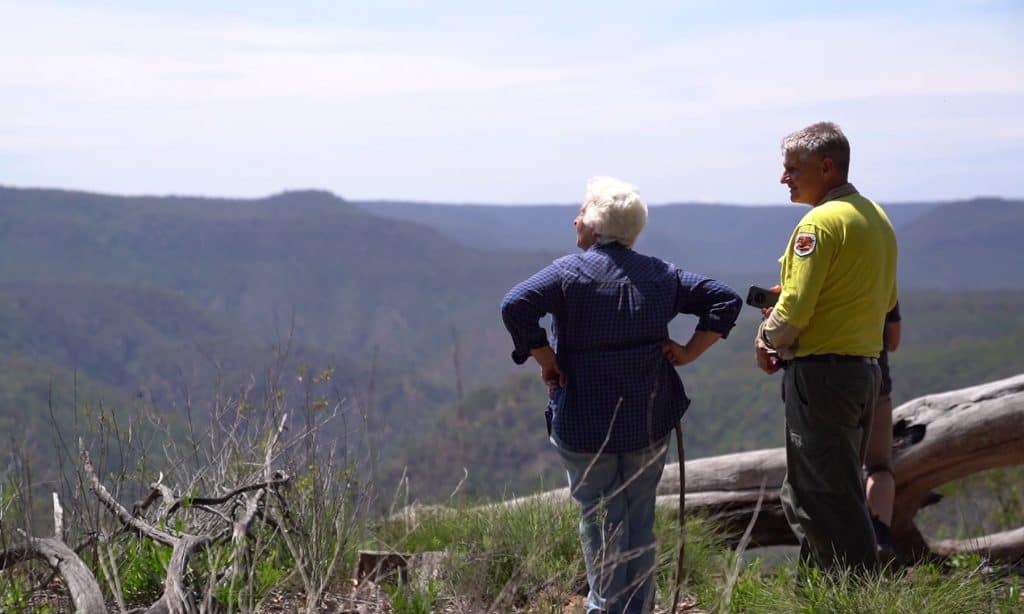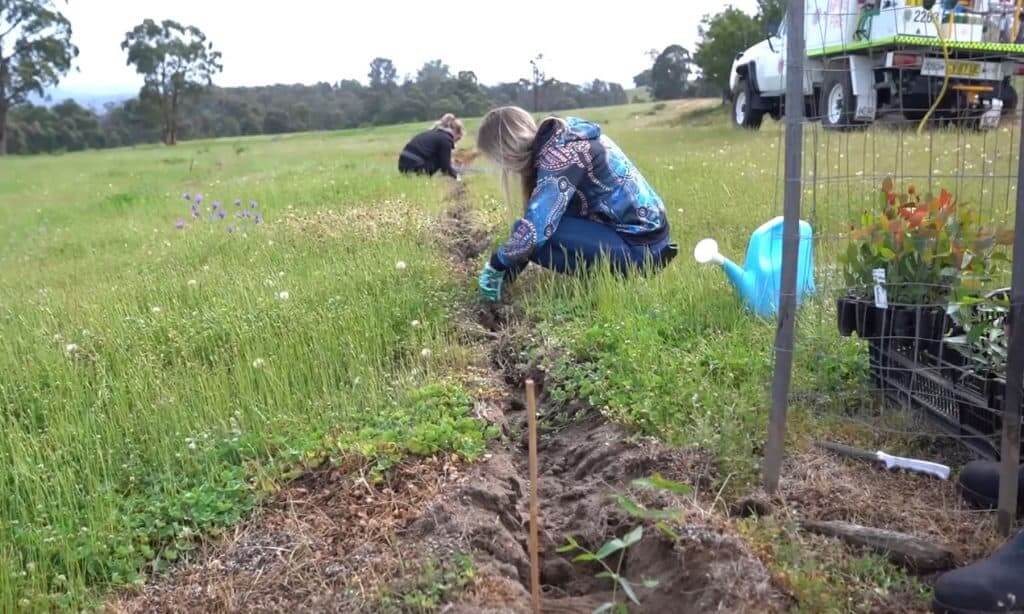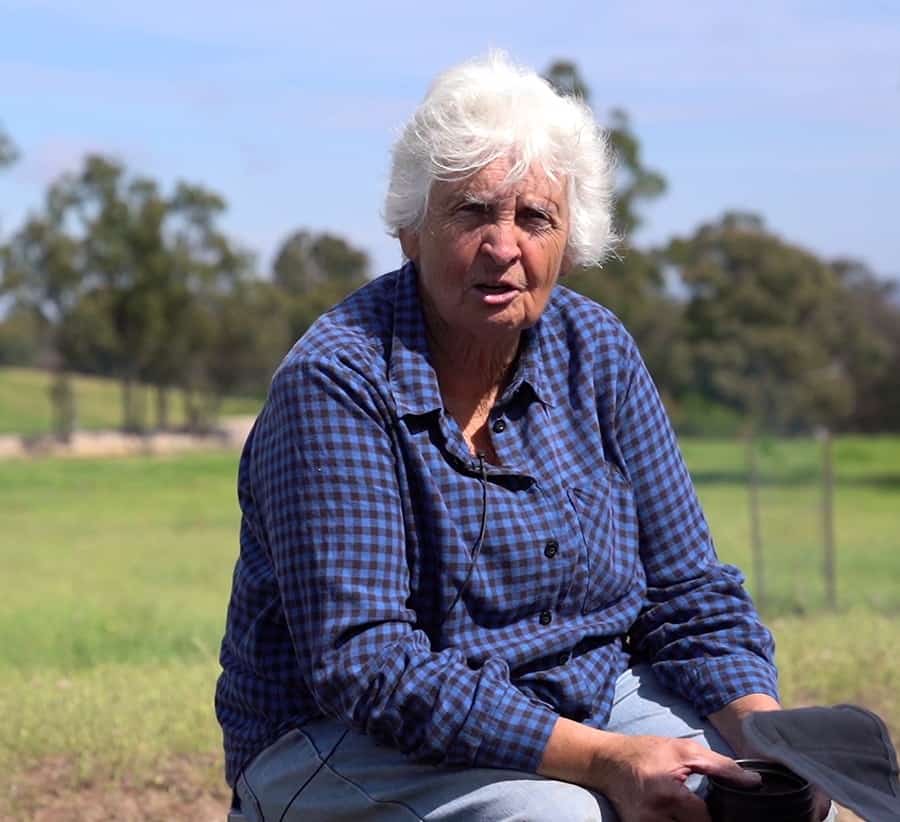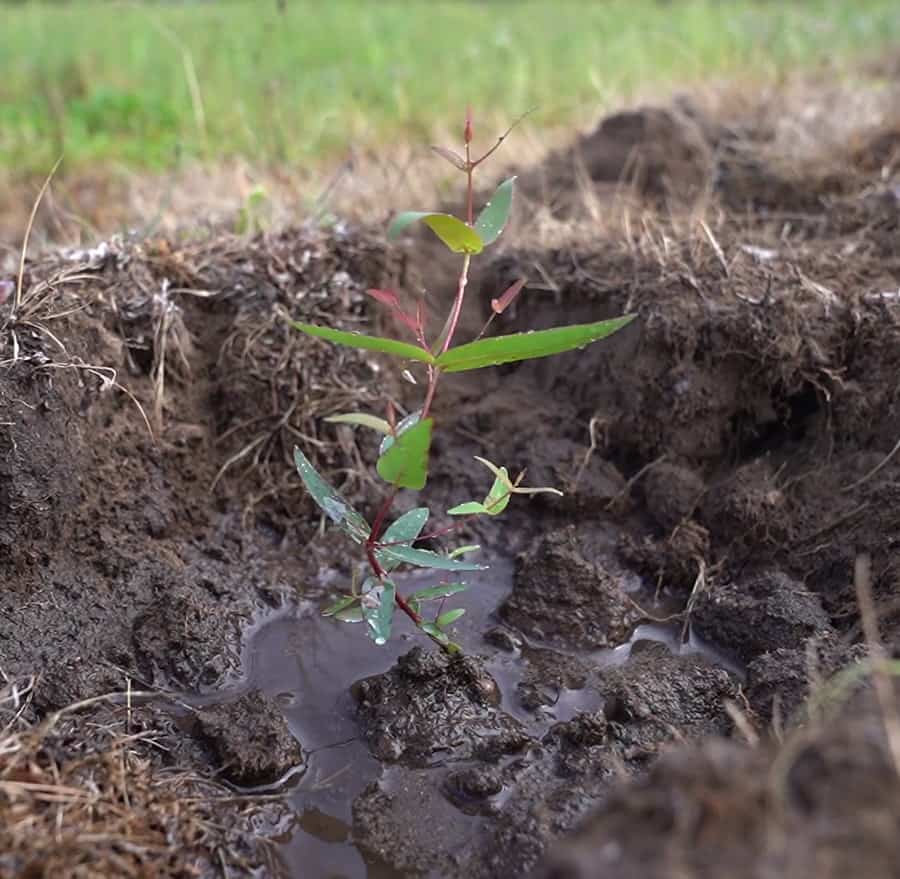A process of healing and rehabilitation is beginning in one of the state’s newest reserves – Guula Ngurra National Park.

Guula Ngurra means ‘Koala Country’ in the language of the Gundungurra people, who are the Traditional Owners of the area.
Located south of Sydney in the Wingecarribee region, the national park was established due to the important koala habitat on the property, once known as Tugalong Station. The new reserve adds to the surrounding national park estate and will improve the habitat connectivity and resilience of local koala populations.

Aunty Sharyn Halls, from the Gundungurra Aboriginal Heritage Association Inc, is thrilled about the new park. 'Koalas are important here, that is why it’s become a national park, but the most important thing is it’s about Country, it’s about the fact that we’re on land that is the start of an Aboriginal story which is our creation story,' Aunty Sharyn said.
Gundungurra Elders hosted Guula Ngurra’s first of many tree-planting days in 2020 in collaboration with the Southern Highlands Koala Conservation Project, staff from Saving our Species and local NSW National Parks and Wildlife Service staff (NPWS). The trees were carefully propagated from local species and were planted by neighbouring landholders, Traditional Owners and government staff, working side-by-side. These are the first of many trees that the community plans to install to help enhance and connect existing koala habitats.

Guula Ngurra falls within the Gundungurra Indigenous Land Use Agreement (ILUA), which facilitates joint decision making between government land managers and the Aboriginal communities represented within the ILUA.
The Gundungurra ILUA facilitates important community connections to Guula Ngurra, which protects significant cultural landscapes and sites of distinct Aboriginal cultural heritage.
This inspiring multi-agency collaboration is building community custodianship of the park and ensuring its direction has the backing and support of the entire community.
'It’s about people, it’s about bringing Aboriginal and non-Aboriginal people together so that we can have cultural exchange and that, in itself, is an important thing about planting trees,' explained Aunty Sharyn Halls.
